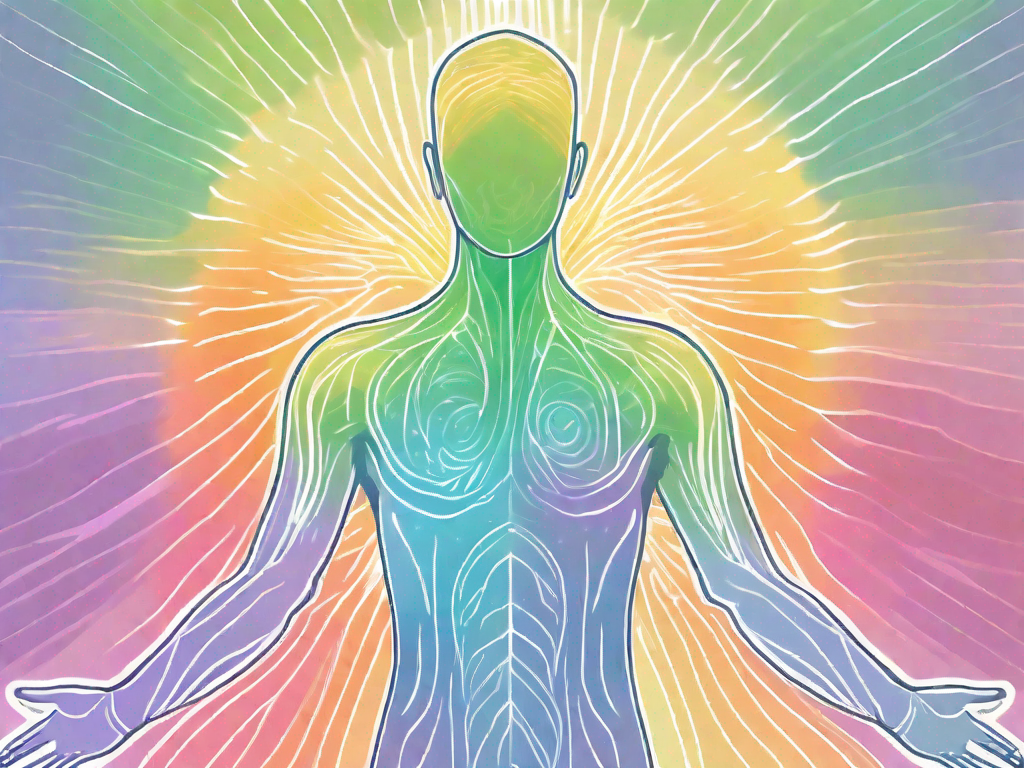Over the span of a few months, auras have fallen into the ever-growing pile of nonsense internet terms overused to the point that they’ve lost all previous meaning. The term has been used within meme culture as a score of something’s charisma and charm (“Bro has lost this many aura points”, “This video has so much aura”, “They are the definition of aura”, etc.). However, this usage of the word has very little correlation to what an aura actually is. Under the surface of being just another addition to meme vocabulary lies a rich history of spirituality, introspection, and a beautifully human connection we all share.
Auras are defined as different hues of light surrounding someone or something. They’re based on the energy a living being gives off, which can include parts of their character (strength, patience, empathy, etc.), along with their current emotions and even their spirituality. Every living being has an aura, even animals and plants. Because of these factors, auras have become a valuable tool for people with deep spiritual beliefs to observe those in their lives on a different level.
Auras are a notable piece in many belief systems, including Christianity, Hinduism, and Islam, each of which have their own unique interpretation of auras. Whether through the paintings of Jesus with a glowing white light surrounding him, the aura scans once used alongside medical testing in certain Middle Eastern regions, or the early association of Buddhism’s chakra wheel with auras; it’s clear that the concept of an aura has been present throughout history for many, many years.
One of the most prevalent belief systems that uses auras is mysticism. Many details considered common knowledge about auras originated from mystic ideologies, including the idea that reading auras isn’t a gift someone is born with, but instead a skill that can be acquired through practice and perspective. Mysticism was also the origin of a more modern depiction of an aura’s seven layers, (these being informally known as the physical, astral, lower mental, higher mental, spiritual, intuitional, and absolute layers) each layer being its own piece with its own focus in the big picture of reading an aura.
As implied, they aren’t visible to everyone out there. “Aura readers” are typically people who can see and interpret the meaning behind an aura. Reading an aura isn’t always easy, as auras can be very complex and even contradictory at times. Some have different colors on each layer, some have less visible layers, others are less visible entirely. Even for people who have been reading them for years, it isn’t always something straightforward.
Despite its challenges, many consider aura reading a skill worth learning, for it serves as a way of connecting a person to others and immensely helping them in better understanding the world around them. From getting to know someone new, to learning more about someone you’re close to, to discovering things you never noticed about yourself, the ability to read auras can truly change the way a person’s mind works.
Us as people have so many striking differences, so many things constantly dividing us and keeping us from being close with one another. For some, auras are almost a symbol of our humanity, a reminder that no matte
r who we are or how we live life, we are all existing on this crazy planet together — and there’s something truly meaningful in that point of view.

